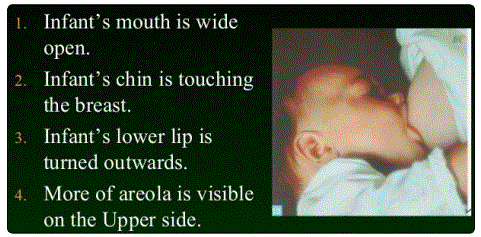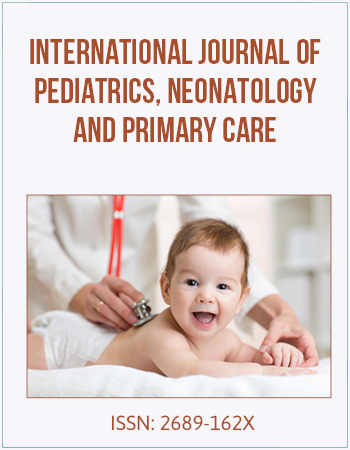Short Communication
Breast Feeding-A Natural Nutrient for Infants Lifelong Health
Professor/Vice Principal, Department of OBG Nursing, Nitte Usha Institute of Nursing Sciences, NITTE (Deemed to be University), Deralakatte, Mangaluru, India
*Corresponding author: Sabitha Nayak, Professor/Vice Principal, Nitte Usha Institute of nursing sciences, Mangaluru, India, E-mail: sabitha@nitte.edu.in
Received: January 9, 2019 Accepted: January 21, 2019 Published: January 28, 2019
Citation: Nayak S. Breast Feeding-A Natural Nutrient for Infants Lifelong Health. Int J Pediatr Neonatal Prim Care. 2019; 1(1): 4-5. doi: 10.18689/ijpn-1000102
Copyright: © 2019 The Author(s). This work is licensed under a Creative Commons Attribution 4.0 International License, which permits unrestricted use, distribution, and reproduction in any medium, provided the original work is properly cited.
Breast feeding is an art/skill. It is a natural way to feed the newborn and it has its own benefits for both the infant and mothers. Globally its gaining a steady prominence as WHO and UNICEF have notified that all newborn babies should be exclusively breast fed for the first six months after birth [1]. They have also given importance to initiation of breast feeding within half an hour-to one after birth which plays a significant impact on the growing baby as the colostrum in the breast milk boosts immunity in the growing infant and infant suckling immediately after birth helps in stimulating the posterior pituitary, release of oxytocin which helps in uterine contraction and prevents postpartum haemorrhage in postnatal mothers.
Global breast feeding score card by WHO and UNICEF which evaluated 194 nations, found that only 40% of children younger than six months are breast feeding exclusively and only 23 countries have exclusive breast feeding rates above 60%. Nutrition in the growing years lays a strong foundation for lifelong health and breast feeding for the first six months exclusively has found to have scientific basis for the mother as well as baby. According to WHO data, more than 20 million babies are born weighing less than 2.5 kgs and sadly developing countries are facing the brunt of this [2].
Breast feeding should be encouraged among all mothers and we as nursing professionals can play a major role by creating awareness among mothers as well as assisting first time mothers. One needs to have patience to latch the baby properly on to the breast and above all joy in feeding the newborn (Figure 1). The four key points in proper positioning:
a. Babyʼs head and body in straight line.
b. Babyʼs face facing breast with nose opposite the nipple.
c. Babyʼs body close to mothers.
d. Mother should support babyʼs bottom and not just the head and shoulders [3].

In this regard, Child birth education units in the Hospitals with nurse led clinics would be very beneficial [4]. It should be a collaborative effort by all the health team members to make breast feeding a global success by giving a wide publicity and priority in initiation of breast feeding within half an hour to one hour of childbirth.
References
- World Health Organization, UNICEF. Enabling women to breastfeed through better policies and programmes: Global breastfeeding scorecard 2018. WHO. 2018.
- Chopra H. Art and science of breast feeding. Slideshare.net. 2014.


